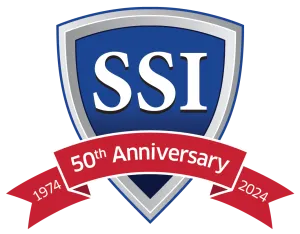What is SSI?
Sensitive Security Information is information that, if publicly released, would be detrimental to transportation security, as defined by Federal Regulation 49 C.F.R. Part 1520.
As persons receiving SSI in order to carry out responsibilities related to transportation security, TSA stakeholders and non-DHS government employees and contractors, are considered “covered persons” under the SSI regulation and have special obligations to protect this information from unauthorized disclosure.
What should I know about SSI Protections?
Read our SSI Best Practices and Quick Reference guides for a quick introduction to SSI handling, sharing, and destroying procedures.
- SSI Best Practices Guide for Non-DHS Employees and Contractors
- SSI Quick Reference Guide for DHS Employees and Contractors
- 49 C.F.R. part 1520: Protection of Sensitive Security Information (printable version of the SSI Federal Regulation)
Visit the US Government Publishing Office at GPO.gov for the latest version of the SSI Federal Regulation.

